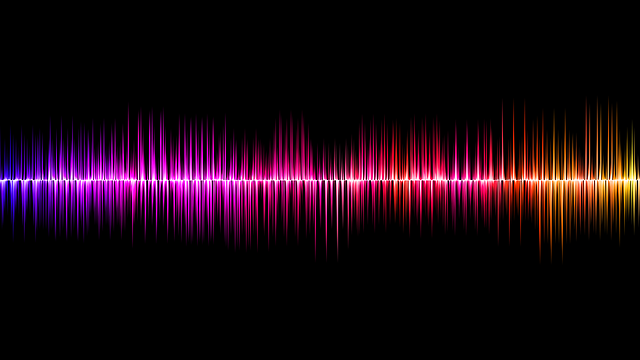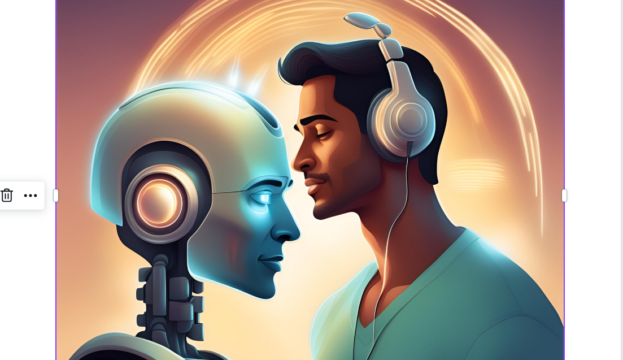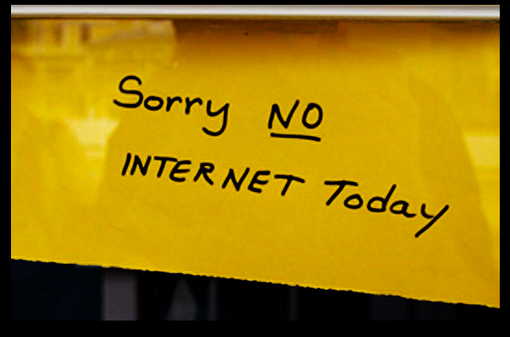With one of the largest populations in the world, and most of it belonging to rural India, it should come as no surprise that still many people use simple feature phones rather than smartphones. Despite the fact that the Internet and smartphone penetration has been progressively increasing year after year, India still has a long way to go to reach mass adoption of smartphone use with active Internet connectivity.
However, this does not refrain the existing feature phone user population to be a part of the digital payment fraternity. Most recently, the Reserve Bank of India (RBI) in collaboration with National Payments Corporation of India (NPCI) launched the much awaited UPI 123Pay. This is a service that allows people with feature phones to access UPI and make payments without having to use the Internet thereby taking the digital payments to the next level via voice based payment system.
Need for Voice payments
As per a recent Annual Status of Education Report (ASER) survey, in rural India, the availability of smartphones was 36.5% in 2018, rising to 61.8% in 2020 and 67.6% in 2021. But it also states that smartphone availability does not necessarily equate to digital literacy or easy digital access. Apart from low Internet connectivity, many users are still not comfortable doing financial transactions through mobile apps. For non-smart feature phones, there is still no solution that allows seamless and safe digital transactions.
Even smartphone users who are digitally challenged are cut off from the digital ecosystem when it comes to using various payment apps. In order to ensure the future of financial transactions, it becomes more important than ever to develop a common solution that allows every citizen in the country to conduct digital transactions in the same way, similar to using cash.
The UPI was introduced way back in 2016, and its adoption was pretty slow during the initial months. It took 17 months for it to reach a transaction value of US$5 billion, but it doubled in the next three months and tripled in the next one month. The UPI accounted for 50% of retail digital payments in FY22 and is nearly 4.5x the volume of debit and credit card transactions. This clearly indicates that the UPI is the biggest driver of digital payments, closely followed by mobile wallets and cards.
Even with the surge of digital transactions, it’s not only rural India that faces the challenge but a considerable size of urban population scouting for more alternatives to traditional digital payments, hoping for a more safe and secure mode of payments other than cash.
Solutions Offered by Voice Payments
The future of voice payments indeed looks promising. In the last decade, many advanced technologies have changed the way we live, adding convenience at every stage of our daily lives.
Voice payments intends to bring in consumers who have either shied away from digital transactions/smartphones or face challenges due to connectivity. Backed by Artificial Intelligence and Machine Learning technologies, voice technology enables customers to effortlessly proceed with their financial transactions through IVR as a voice assistant.
A sizable share of the population still uses basic feature phones; thus voice-based instant payment solution similar to UPI-like payment facility can be a real game changer leading to greater financial inclusion. The entire process is slated to be as simple as making a phone call. The voice payment solution will allow the users to make all kinds of payments most commonly categorised as below:
P2P (Person to Person)
When a user dials a dedicated phone number, they are greeted by an Interactive Voice Response (IVR). The user is first asked to register their bank account for the IVR-based calling solution, after which they must confirm their UPI PIN in order to complete all transactions. When a user selects Fund Transfer, they must input the recipient’s phone number as well as the amount they intend to transfer. The sum is debited from the bank account selected by the user at the time of registration when they enter their UPI PIN with a notification to both parties.
P2M (Pay to Merchant)
Following the same process, the customer can call the IVR and register their bank account, also confirming the UPI PIN. When a user selects Pay to Merchant, they must tap their phone on the merchant device (POD) and call out the payment amount. The sum is debited from the bank account selected by the user at the time of registration when they entered their UPI PIN. Notification is sent to both parties.
Bills Payment & Recharge
Any mobile phone user can use the simple call-based Bill Payment solution to pay utility bills, recharge their DTH, pre-paid mobile network service, or FASTag with the power of their voice. The technology ensures real-time recharge providing uninterrupted service.
Voice-Based Payments: Bridging the Gap Between Technology & Rural India
With its potential to increase financial inclusion in the hinterlands of India, voice payment can be the next big disruptor. It offers a digital payment solution that is compatible with all devices, including smartphones and feature phones. It is an innovative technology that has the potential to pull half a billion feature phone users into the world of digital payments.
It is an offline payments solution that takes away the dependency on the Internet as the increase in the mobile Internet speed, connectivity issues still remain unresolved in many parts of the country. This is a smart solution that is the need of the hour in a country that works beyond the Internet network – connecting devices with more robust networks like IoT and Sound.

Guest contributor Vivek Singh is the Co-Founder of ToneTag, whose Sound-wave technology is on a mission to democratise the digital payments ecosystem. Any opinions expressed in this article are strictly that of the author.












